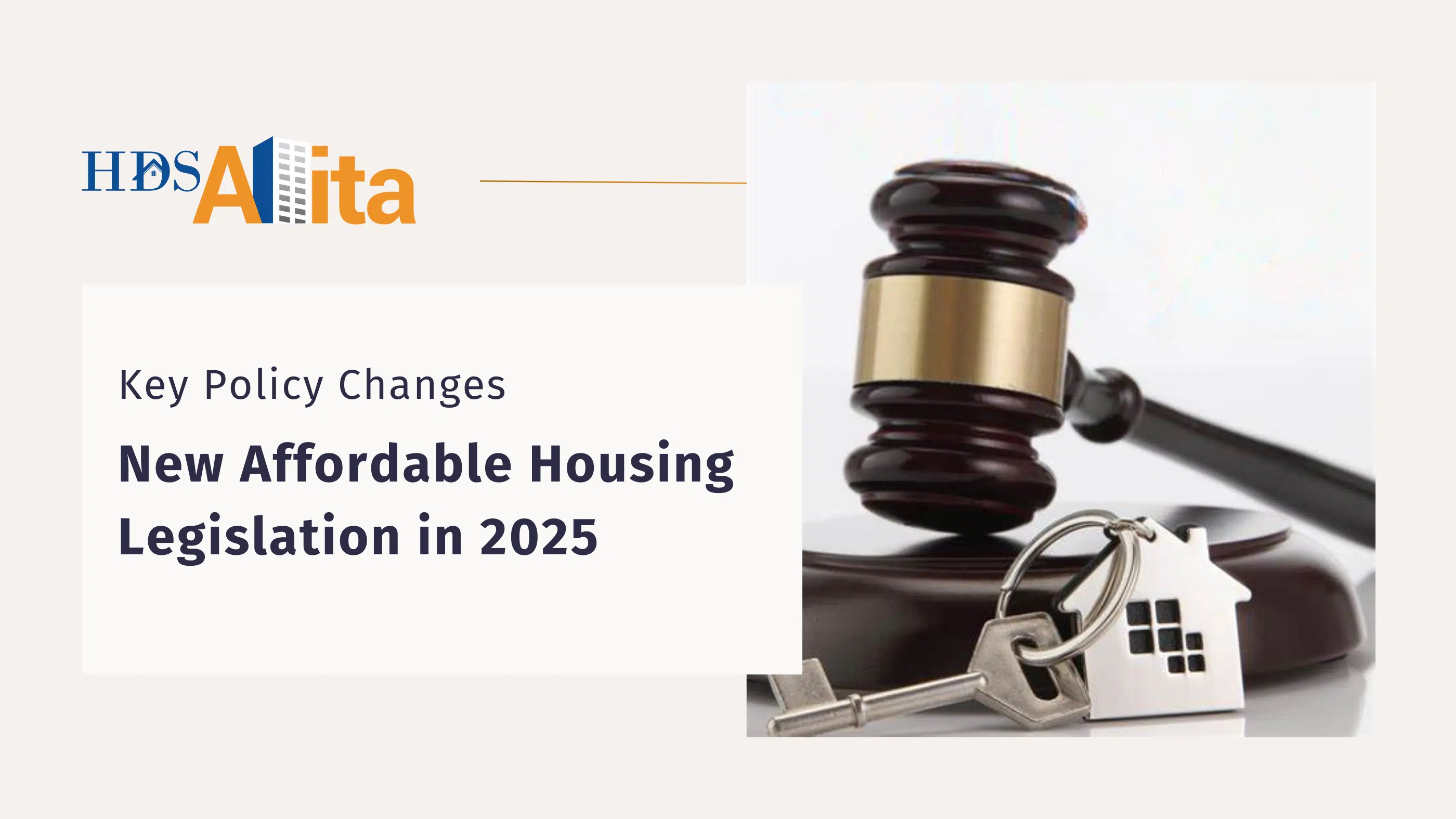The housing crisis in the United States has reached critical levels, with more than 11 million renter households spending over 50% of their income on housing costs, according to the National Low Income Housing Coalition (NLIHC). In response, new affordable housing legislation in 2025 aims to address these challenges through expanded funding, regulatory reforms, and targeted community investments.
Expanding Key Funding Programs
A major component of the legislation is the increased funding for the Low-Income Housing Tax Credit (LIHTC) and the Housing Trust Fund (HTF). The LIHTC program, which has financed the construction or preservation of more than 3.7 million affordable housing units since its inception in 1986, is set to receive a 30% increase in funding. This expansion could create approximately 250,000 additional affordable rental homes over the next decade, significantly improving housing accessibility for low-income families.
The Housing Trust Fund, which assists in the construction and maintenance of affordable housing for extremely low-income households, will see its budget doubled to $4 billion annually, allowing states to support more developments in underserved areas. This funding increase aligns with research from the Urban Institute, which found that every $1 billion invested in affordable housing generates 13,000 jobs and $1.9 billion in economic activity.
Streamlining Development Through Regulatory Reform
Zoning and permitting restrictions have long been barriers to affordable housing development. The new legislation aims to cut red tape by incentivizing states and local governments to adopt inclusionary zoning laws, expedite building permits, and reduce parking requirements, which can add as much as $36,000 per unit to development costs. According to the National Multifamily Housing Council (NMHC), eliminating restrictive zoning laws could increase the supply of affordable units by up to 20% in high-demand metropolitan areas.
Strengthening Housing Stability Programs
With over 580,000 people experiencing homelessness on any given night in the U.S., strengthening rental assistance and eviction prevention programs is a top priority. The 2025 legislation proposes permanent funding for the Emergency Rental Assistance Program (ERAP), which has already distributed more than $46 billion in aid to struggling renters during the COVID-19 pandemic. Expanding this program is expected to prevent thousands of evictions annually and reduce homelessness by up to 15%, according to the Center on Budget and Policy Priorities (CBPP).
Additionally, a new Renter’s Tax Credit will be introduced to help low-income families afford housing, mirroring successful state-level programs that have reduced rent burdens by an average of $1,200 per household per year.
Investing in Community Revitalization
Beyond housing, the legislation prioritizes neighborhood redevelopment to create more sustainable and livable communities. Grants for infrastructure improvements, public transportation expansion, and mixed-use developments will be awarded to historically underfunded neighborhoods. Studies show that investing in mixed-income housing developments can reduce concentrated poverty and improve economic mobility for residents.
The bill also seeks to expand first-time homebuyer assistance programs, recognizing that homeownership is a key driver of wealth accumulation. The National Association of Realtors (NAR) estimates that expanding down payment assistance programs could help over 200,000 new households become homeowners in the next five years.
The Path Forward
For affordable housing professionals, policymakers, and advocates, the 2025 legislation represents a significant step toward solving the nation’s housing crisis. By increasing funding, cutting regulatory barriers, and investing in housing stability programs, this legislation has the potential to provide millions of Americans with safe, affordable homes while boosting economic growth and community development.
As implementation moves forward, collaboration between public agencies, private developers, and nonprofit organizations will be crucial in maximizing the impact of these measures. The coming years will reveal how these legislative efforts reshape the affordable housing landscape, but one thing is clear—expanding access to affordable housing is now a national priority with strong bipartisan support.
